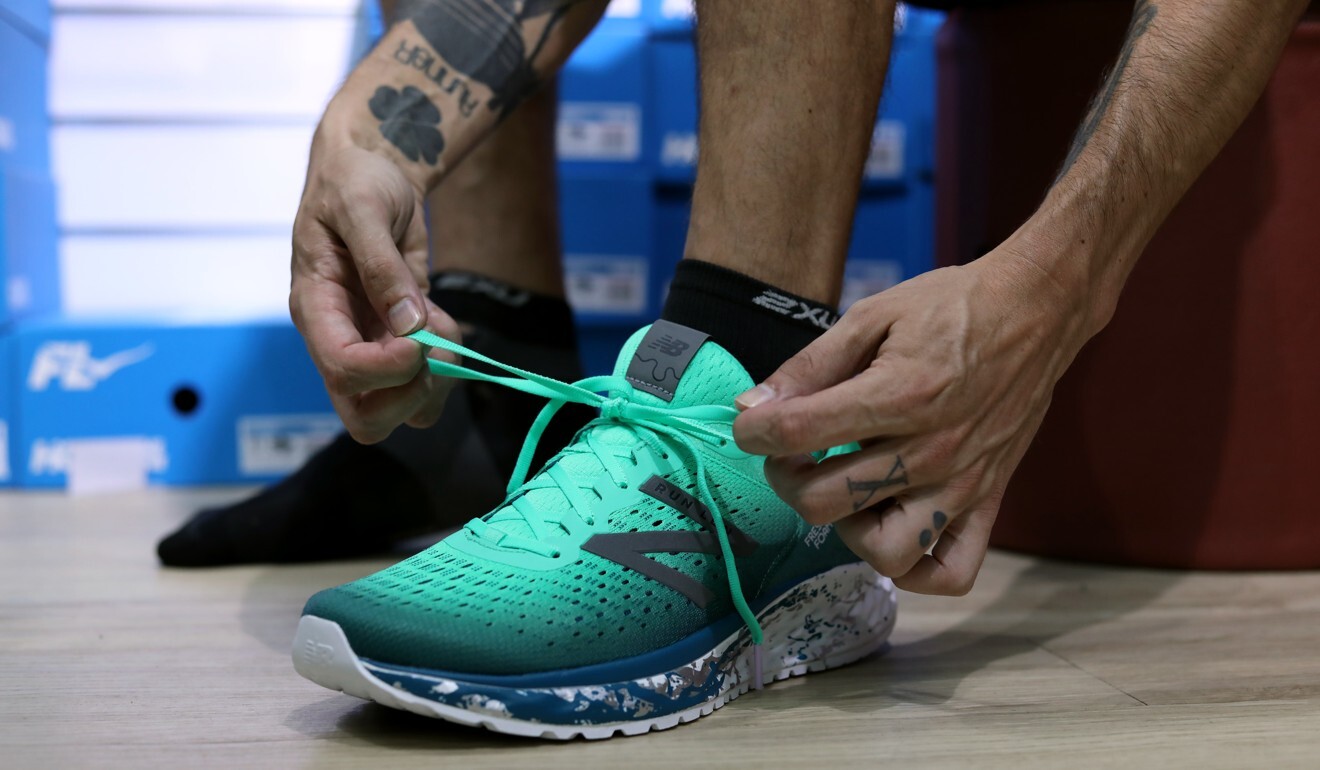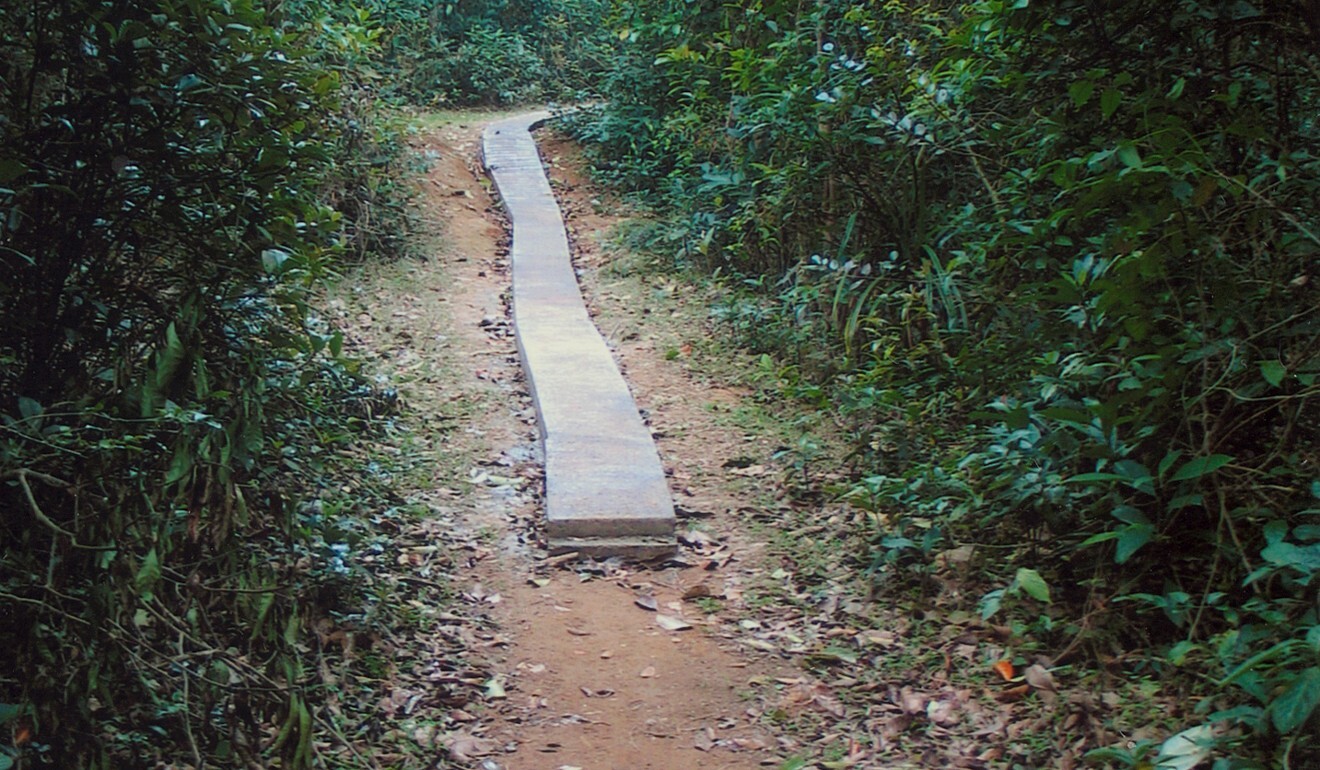
How runners can fix shin splints – home remedy exercises and prevention routines
- Shin splints plague many a runner but there are some simple solutions to improving and preventing the dreaded overuse injury
Shin splints can be agony for runners. The tenderness along the inside of the shinbone gets the mind wondering, ‘What on earth can be causing this level of pain?’ Fortunately, there are some things you can do at home to help alleviate the issue and prevent it happening again in the future.
Rest
Shin splints are overuse injuries. They are particularly common in newcomers to the sport, who quickly become addicted to the improvements and push too much too soon. So, take a break from running or ease off, then build back up slowly when the injury has healed.
Try other training as you rest – cycling, swimming, rowing. Even when the shins have healed, include other exercises in your routine to spare your legs the load but continue to improve.
How runners can treat plantar fasciitis
Shoes
When was the last time you bought new running shoes? If the sole has become depressed, or worn in a particular area, they will effect your running style and put added pressure on your joints. Buy new shoes. But it’s not just your running shoes. The hours you spend walking around during the day will also contribute to the health of your shins or joints. So make sure your office and everyday shoes are good quality too.

Strength and imbalance
Shin splints usually occur in one leg. If one leg is far stronger than the other, it will lead to injuries. Weight training is an easy way to balance out your legs.
Add single-leg strength exercises to your training programme. Not only will it reduce risk of injury, but being stronger will improve your speed too.
Bulgarian split squats are a great exercise for this purpose. Stand with your back to a bench, and place one foot on the bench. You will find yourself in a lunge position, with your back foot raised. Slowly lower your back knee by squatting with your front leg. Add weight to make it harder and complete four sets of eight reps.
Calve raises – slowly lifting and lowering your heal – will also help imbalances and strength.
Foam and ball rolling
Ensure the muscles and tendons around your shin are mobile by adding foam and ball rolling to your routine. Loosen your IT-band, by lying on a foam roller, with it pressed against the outside your quad and move it slowly up and down.
What are the best foam rollers for runners?
Roll out your calve muscles too.
Place one foot on a ball, add pressure and roll the ball around your arch to loosen your tendons. Healthy muscles and tendons elsewhere, will relieve pressure on your shins.
Vary surface and direction

Running is a very repetitive sport, and so it is always the same muscles being worked. If you vary the surface, it will spread the load and strengthen different muscles. For example, if you are always running on paved roads, try trail running or track running too. Or vice versa.
If you are always running on track, ask yourself, do you always run in the same direction? Turning around the long bends, with the same foot always on the outside, may account for the different loads being put through your legs. Mix up your directions.
Help us understand what you are interested in so that we can improve SCMP and provide a better experience for you. We would like to invite you to take this five-minute survey on how you engage with SCMP and the news.

